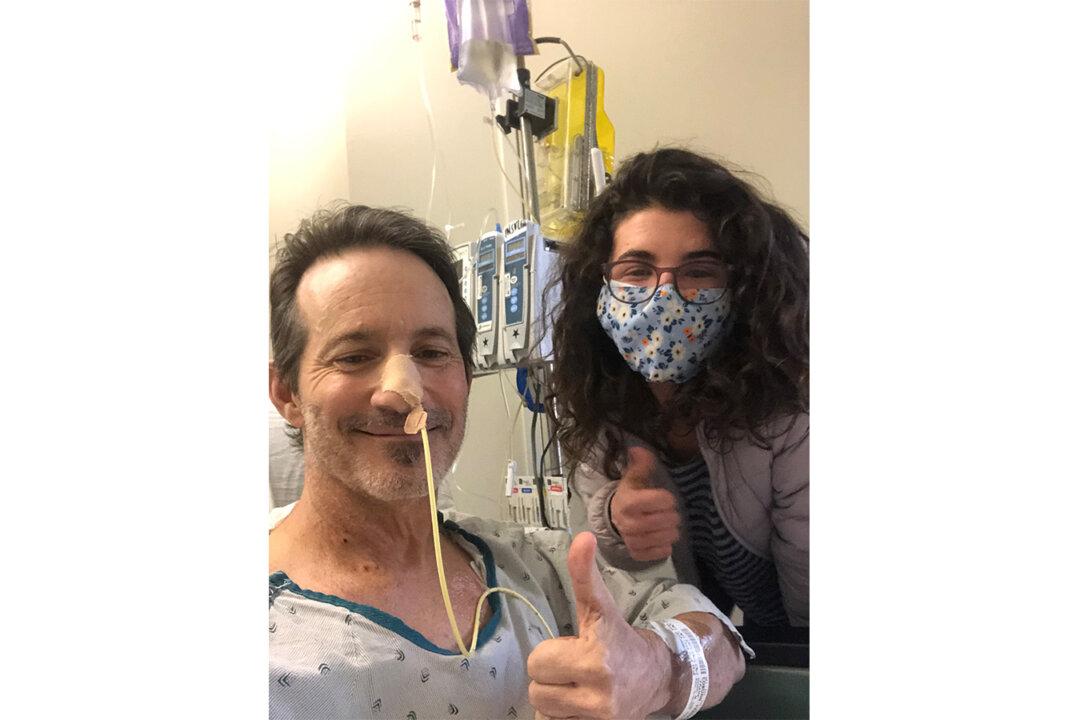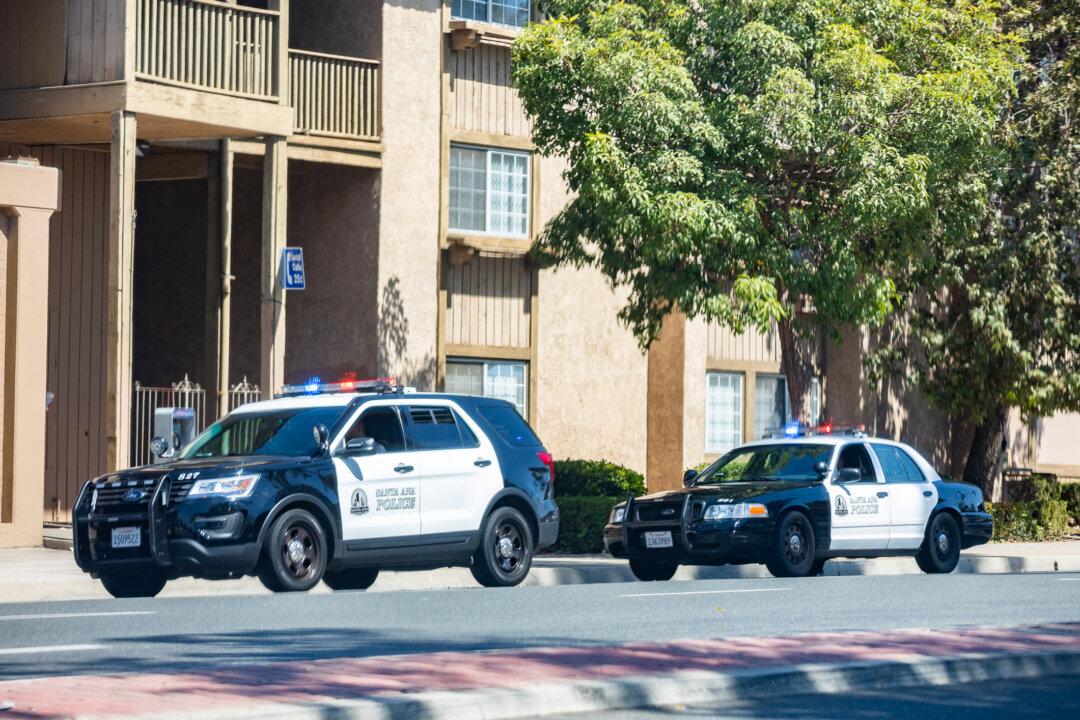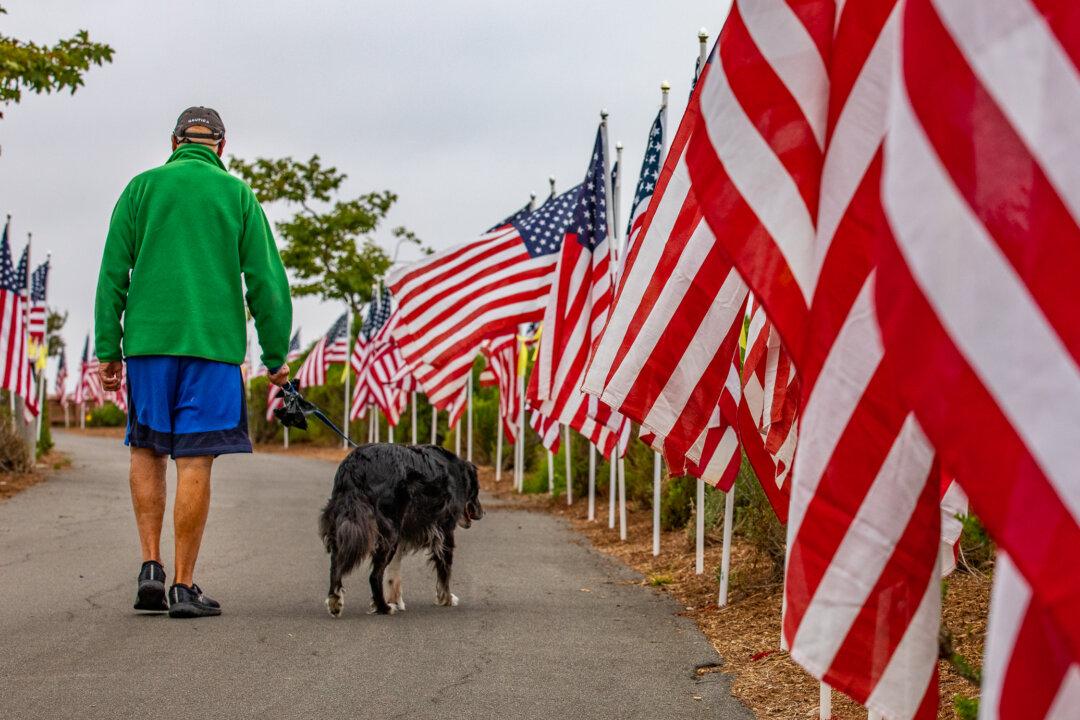A Huntington Beach man’s life was saved after he received the nation’s first minimally invasive double-lung transplant surgery.
Frank Coburn, 57, had trouble breathing for years. With previous doctors diagnosing him with asthma, no medication was helping his case. Then, in March 2020, he received more tests and was diagnosed with pulmonary fibrosis, a type of interstitial lung disease.





